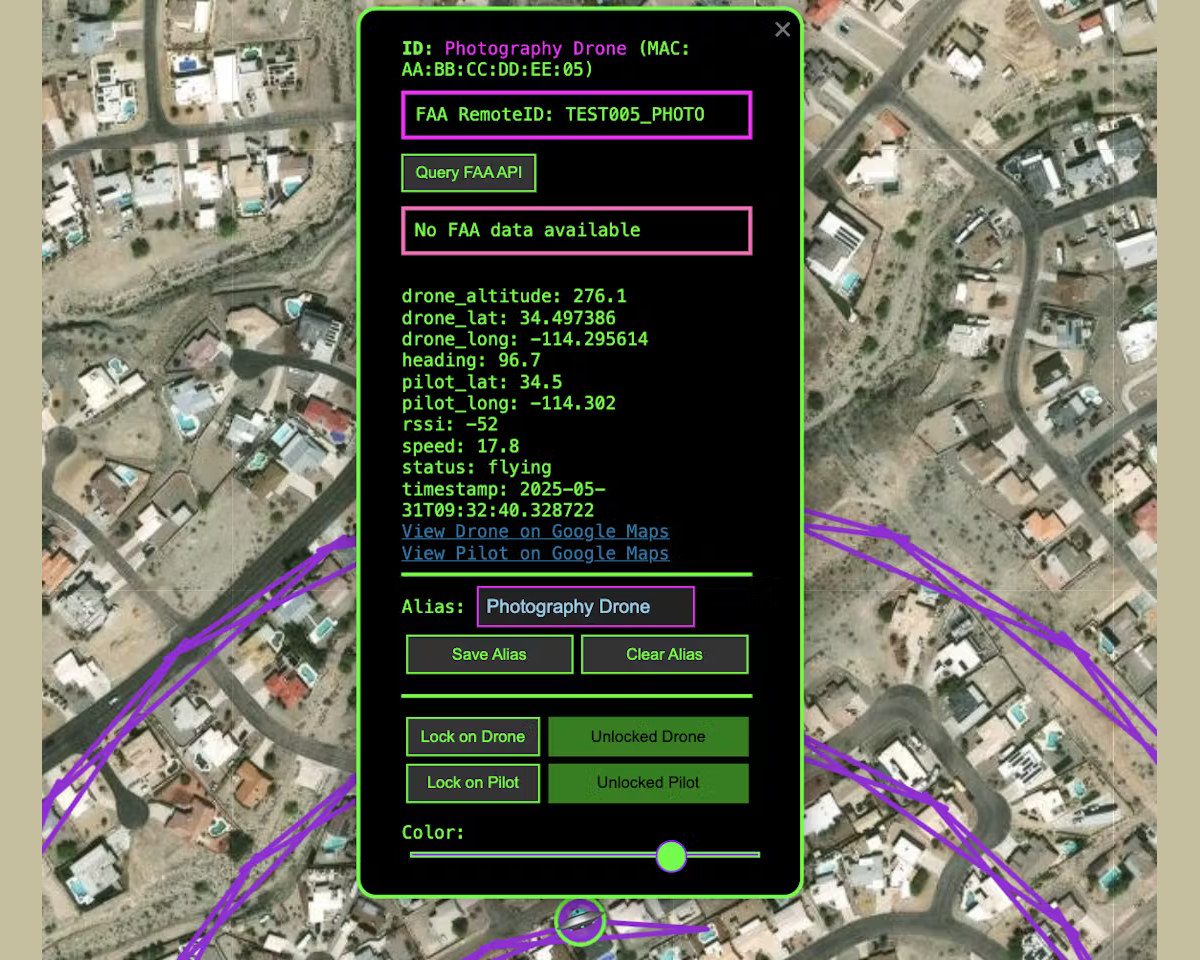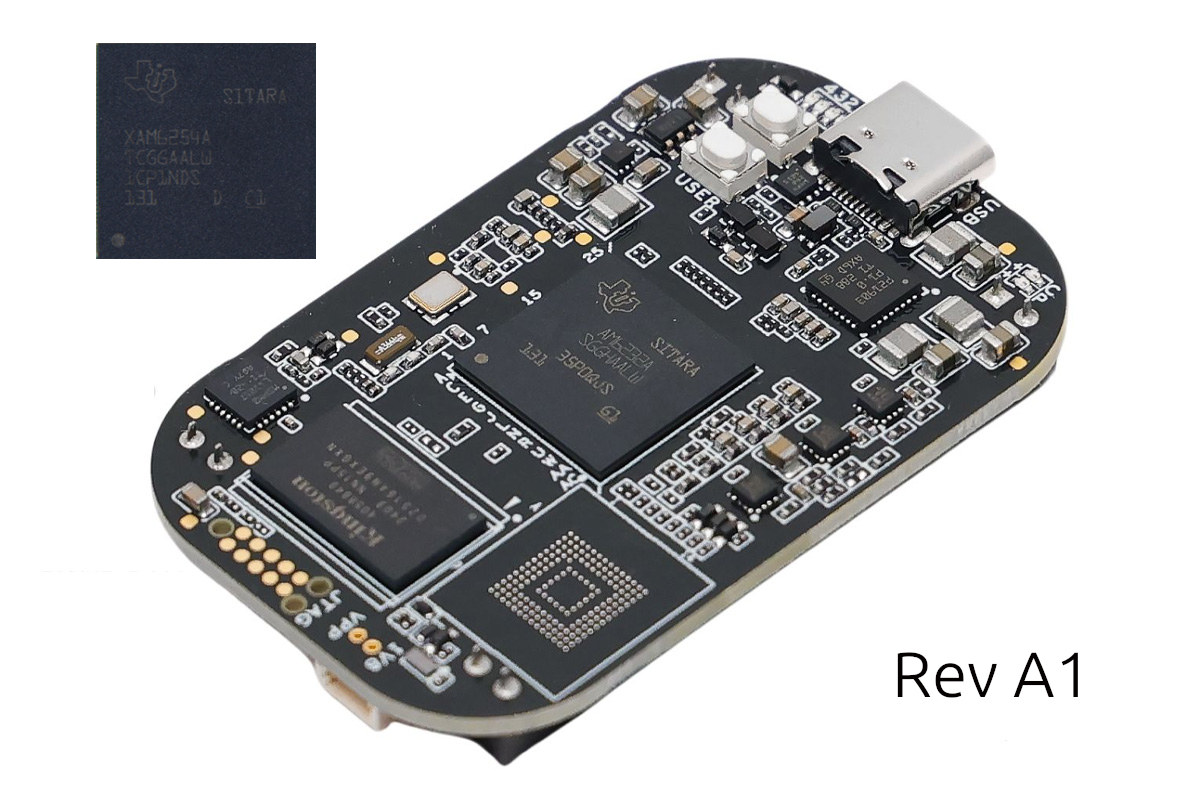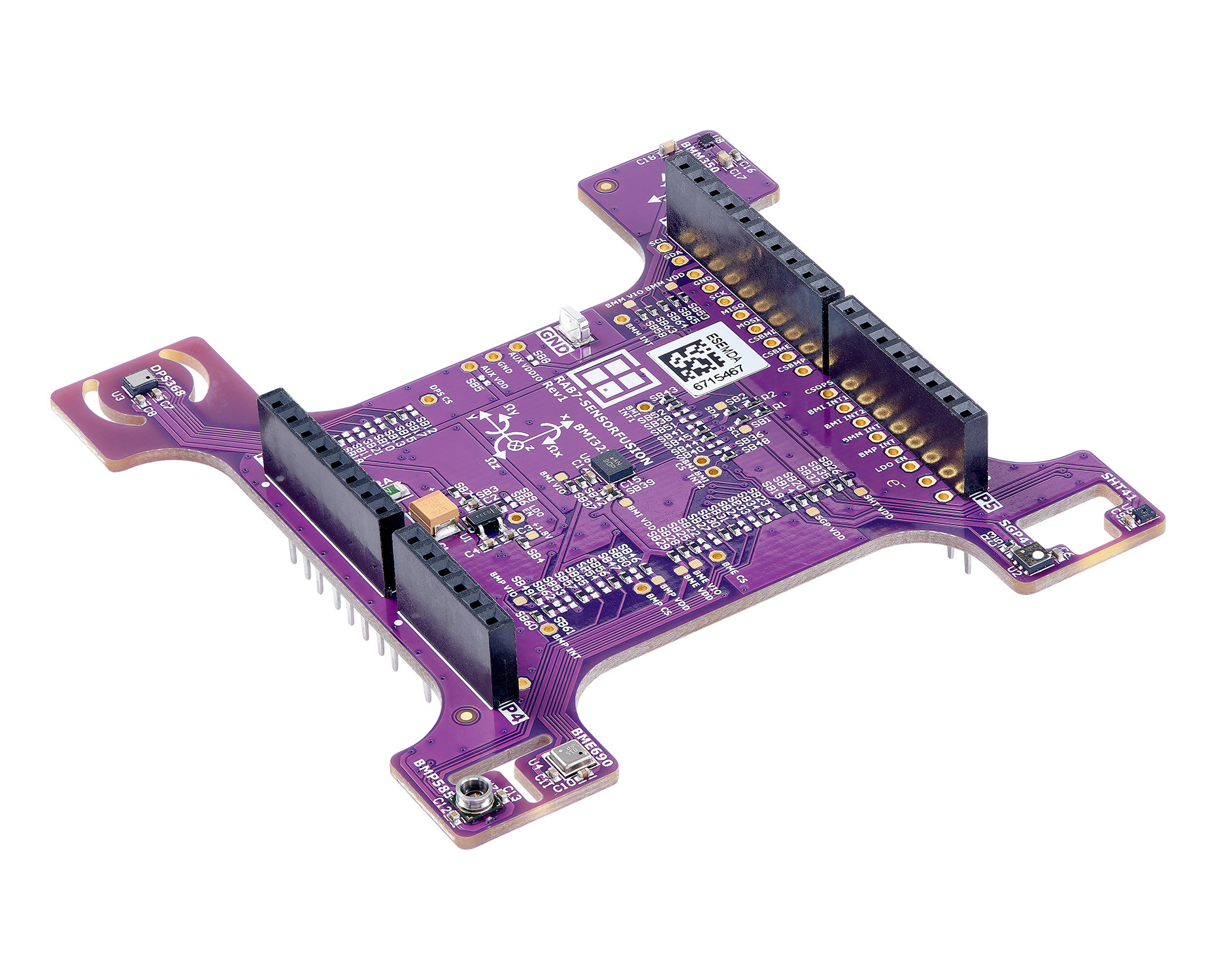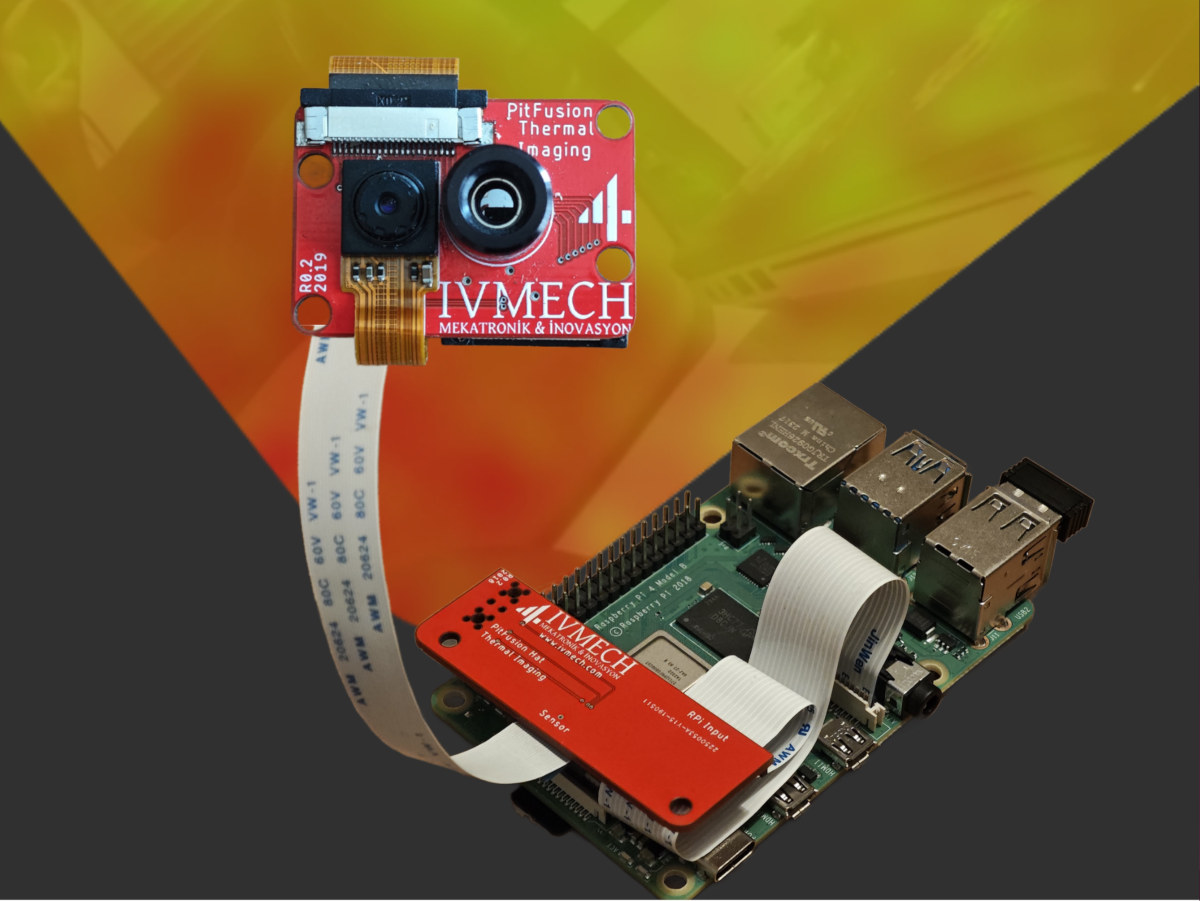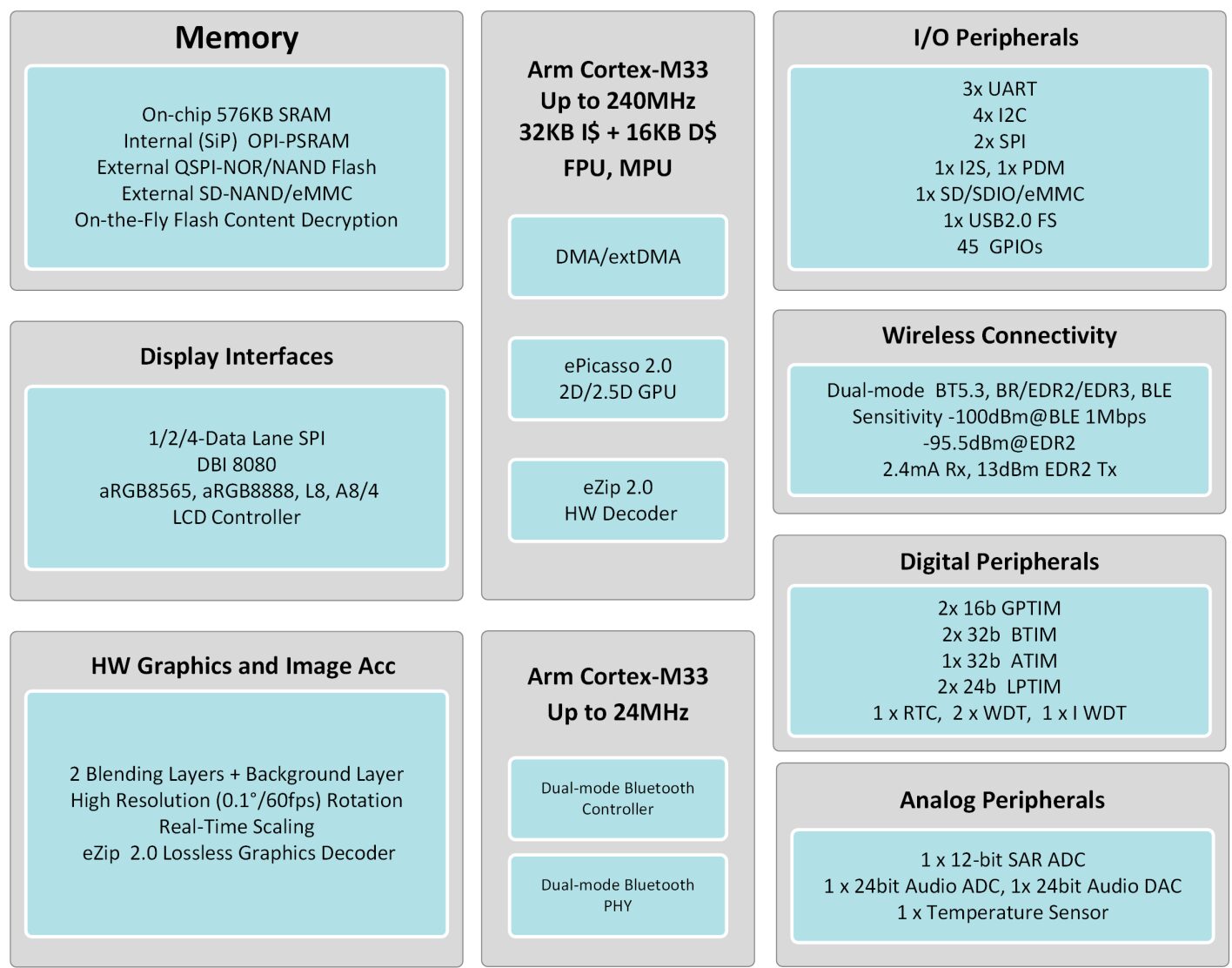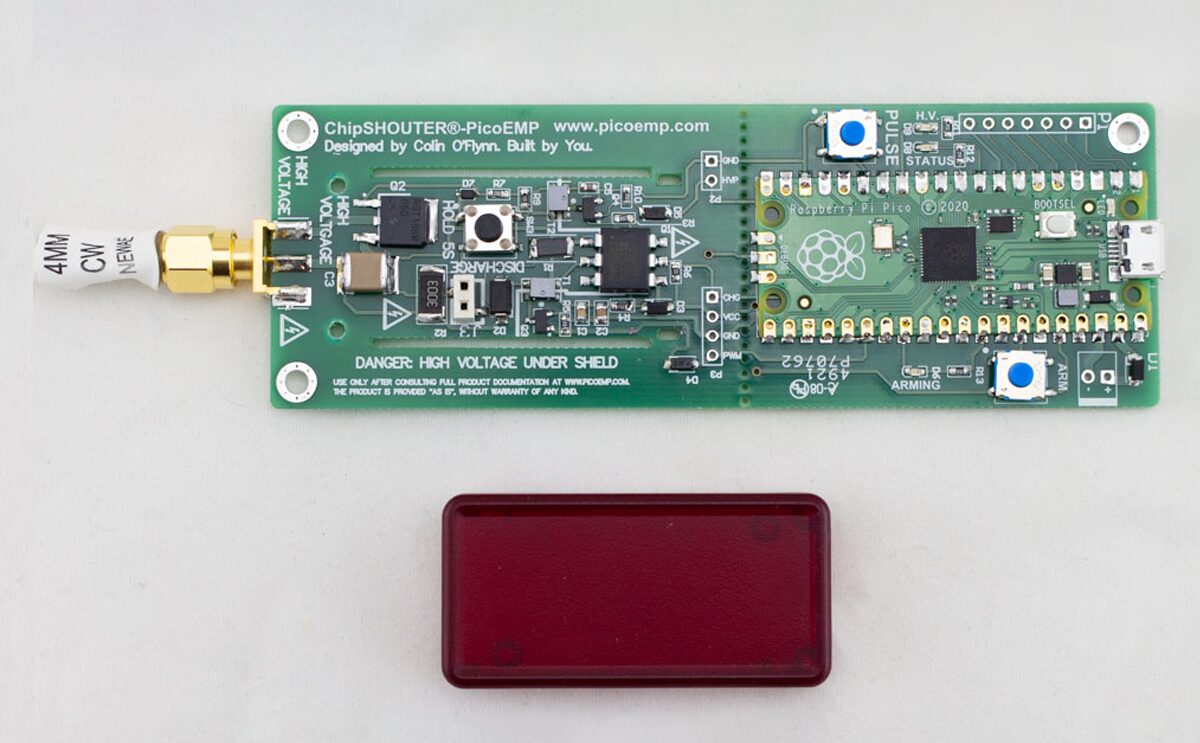Colonel Panic’s Mesh Mapper is a project designed to map drones emitting the FAA’s Remote ID over WiFi or Bluetooth with location, altitude, pilot position, and identification data. This project utilizes an ESP32-C3 or ESP32-S3 to capture Remote ID transmissions within range, and then feeds the data into a Python Flask web application part of Mesh Mapper that provides real-time visualization and logging. Meshtastic allows multiple detection nodes to share information across a mesh network, so several ESP32 nodes can be deployed in an area and be alerted when drones fly within your property or neighborhood. While you could use your own ESP32-C3/S3 board and Meshtastic hardware for this project, Colonel Panic designed a breakout board for XIAO ESP32C3 or ESP32S3 WiFi & Bluetooth module and Heltec LoRa 32 V3 connected over serial to make things easier. Something like the XIAO ESP32S3 for Meshtastic & LoRa devkit might also do, […]
UV Meter for Flipper Zero measures ultraviolet radiation with AS7331 sensor
The UV Meter is a Flipper Zero application designed to measure ultraviolet (UV) radiation using the AS7331 spectral sensor, which can detect UV-A, UV-B, and UV-C wavelengths. Designed for personal and environmental UV monitoring, this tool measures UV exposure levels in everyday scenarios, whether it’s behind windows, under cloud cover, or while wearing sunglasses. It provides real-time irradiance readings in µW/cm², W/m², or mW/m², and calculates safe maximum daily exposure durations based on 2024 TLVs and BEIs from ACGIH, with adjustable factors like eye protection status, gain, and exposure time. A visual meter and warning symbols notify the user of under- or overexposure. The app also displays each UV type’s relative contribution to overall exposure risk. A compact adapter PCB enables easy connection between the Flipper Zero and the AS7331 breakout board via I²C. Flipper Zero UV Meter specifications: Target platform – Flipper Zero Sensor module – Sparkfun AS7331 Spectral […]
PocketBeagle 2 Rev A1 board gets 1.4 GHz Sitara AM6254 quad-core Cortex-A53/Cortex-M4F SoC with 3D GPU
The PocketBeagle 2 was first introduced with a 1.0 GHz Texas Instruments Sitara AM6232 dual-core Cortex-A53 GPUless SoC in February with Rev A0 of the PCB. The BeagleBoard.org Foundation has now released a new PocketBeagle 2 Rev A1 board with a 1.4 GHz Sitara AM6254 quad-core Cortex-A53/Cortex-M4F SoC with a 3D GPU. All other features remain the same, with a secondary Texas Instruments MSPM0L1105 Arm Cortex-M0+ microcontroller, 512 MB LPDDR4 memory, a microSD card slot, a USB Type-C port for power and connectivity, a Raspberry Pi Debug Probe port, and two 36-pin expansion headers. PocketBeagle 2 Rev A1 specifications: Main SoC – Texas Instruments AM6254 as found in the BeaglePlay SBC CPU Quad-core 64-bit Arm Cortex-A53 @ 1.4 GHz Arm Cortex-M4F real-time core @ 400 MHz with 256KB SRAM GPU – Imagination PowerVR Rogue AXE-1-16M with support for OpenGL 3.x/2.0/1.1, Vulkan 1.2 Dual-core Programmable Real-Time Unit Subsystem (PRUSS) running up […]
FlippenHeimer Geiger Counter module adds radiation sensing to Flipper Zero
The FlippenHeimer is a compact Geiger counter add-on module designed to work with the Flipper Zero. It allows users to monitor beta and gamma radiation levels using the Flipper’s display and power source, making it a portable device to detect radiation. Built around a J305 Geiger–Müller tube, the FlippenHeimer provides real-time data logging, visual feedback via graphs. Other than that, it features “atomic dice roller” functionality that uses the random nature of radioactive decay to generate unpredictable outcomes. Key components of this device include 555 timers, LM358 op-amps, 2N3904 and MPSA42 transistors, inductors, and high-voltage capacitors. These features make this device useful for applications such as environmental awareness, hobbyist radiation monitoring, and generating random values. FlippenHeimer Specifications: Main interface – Connects to Flipper Zero via GPIO/UART (plug-and-play with GPIO header) Detection device – J305 Geiger-Müller glass tube, suitable for gamma and beta radiation Radiation detection: Detects beta and gamma radiation […]
Rutronik Adapter Board RAB7 Sensor Fusion Arduino shield features seven sensors from Bosch, Infineon, and Sensirion
Rutronik Adapter Board RAB7 is an open-source hardware Arduino shield designed for AI-powered Sensor Fusion with seven environmental and inertial sensors from Bosch, Infineon, and Sensirion. The shield is designed to be used in conjunction with an Arduino-compatible board to process and analyze the data, and it can be useful for building automation, professional kitchens, HVAC (Heating, Ventilation, Air Conditioning), and Smart Agriculture. Rutronik Adapter Board RAB7 specifications: Sensors Infineon XENSIV DPS368XTSA1 digital barometric pressure sensor Bosch BMP585 digital pressure sensor Sensirion SGP41-D-R4 indoor air quality sensor for VOC measurement found in projects like Air Lab, Airgradient One, and SparkFun “Indoor Air Quality Combo Sensor”, among others Bosch BME690 low-power digital gas, pressure, temperature and humidity sensor with AI Bosch BMI323 – 6-axis intelligent low-power inertial measurement unit (IMU) Sensirion SHT41-AD1B-R2 high-precision, low-power relative humidity and temperature sensor Bosch BMM350 3-axis magnetic sensor for 9-axis absolute orientation for navigation Host […]
PitFusion thermal imager for Raspberry Pi combines Melexis MLX90640 sensor and RGB camera (Crowdfunding)
IVMECH Mechatronics’ PitFusion is a thermal imager designed for the Raspberry Pi based on a Melexis MLX90640 32×24 thermal sensor and an Adafruit 0V5647 RGB sensor comparable to the Raspberry Pi Camera Module v1.3. The kit enables users to capture thermal and visible images simultaneously, and can be useful for automation, robotics, security (human/pet motion detection), non-contact temperature measurement, and environmental monitoring applications. PiFusion specifications: Thermal Sensor – Adafruit LX90640 with 32 x 24 pixel array Camera Sensor – Adafruit 0V5647 comparable to the RPi Camera Module v1.3 with 2592 x 1944 resolution Temperature Range – -40°C to 300°C Frame Rate – Up to 32 Hz (thermal), 30 fps (camera) Spectral Range – 8 µm to 14 µm (optimal for human body and object detection) Host Interfaces – I2C for thermal sensor, CSI for camera) Dimensions – 40 x 30 x 10 mm Weight – 15 grams IVMECH says the […]
SiFli SF32LB52J big.LITTLE Arm Cortex-M33 Bluetooth MCU powers the Core Time 2 smartwatch
SiFli SF23LB52J is a Bluetooth 5.3 microcontroller part of the SF32LB52x family with two Cortex-M33 in big.LITTLE configuration with a 240 MHz high-performance core for user application/GUI and a 24 MHz low-power core to manage the Bluetooth part. A few months ago, Eric Migicovsky, the founder of the smartwatch company Pebble, and now Core Devices, introduced the Core 2 Duo and Core Time 2 smartwatches running PebbleOS open-source firmware that were mostly relaunches of the never-released Pebble 2 and Pebble Time 2 with some tweaks. We already knew the Core 2 Duo would be based on a Nordic nRF52840 Arm Cortex-M4F microcontroller, however, the one for the Core Time 2 was kept secret. That’s until today, as Eric has just announced that the Core Time 2 would be based on the SiFli SF23LB52J MCU, since the smartwatch required an MCU with more RAM and processing power, and SiFli also offers […]
PicoEMP – A Raspberry Pi Pico-based open-source electromagnetic fault injector designed for EMFI testing and research
The PicoEMP is a compact, low-cost, open-source electromagnetic fault injector (EMFI) tool developed by Colin O’Flynn for researchers, hobbyists, and educators interested in hardware security. Unlike NewAE’s professional-grade ChipSHOUTER, PicoEMP is a bare-bones device designed to be safe, usable, and most importantly, affordable. Built around the Raspberry Pi Pico, this device generates high-voltage pulses using a transformer circuit (originally for photographic flash charging) to discharge energy from a low-ESR ceramic capacitor into a custom-made coil tip, which creates an electromagnetic field capable of injecting a little bit of power to the internals of the processors such as registers and SRAM. This can be exploited to flip bits and test the robustness of embedded systems against such attacks. ChipSHOUTER-PicoEMP specifications Main controller – Raspberry Pi Pico (RP2040 dual-core Arm Cortex-M0+ MCU @ up to 133 MHz) Purpose – Electromagnetic Fault Injection (EMFI) for testing embedded systems security Components High-voltage pulse generator circuit […]


